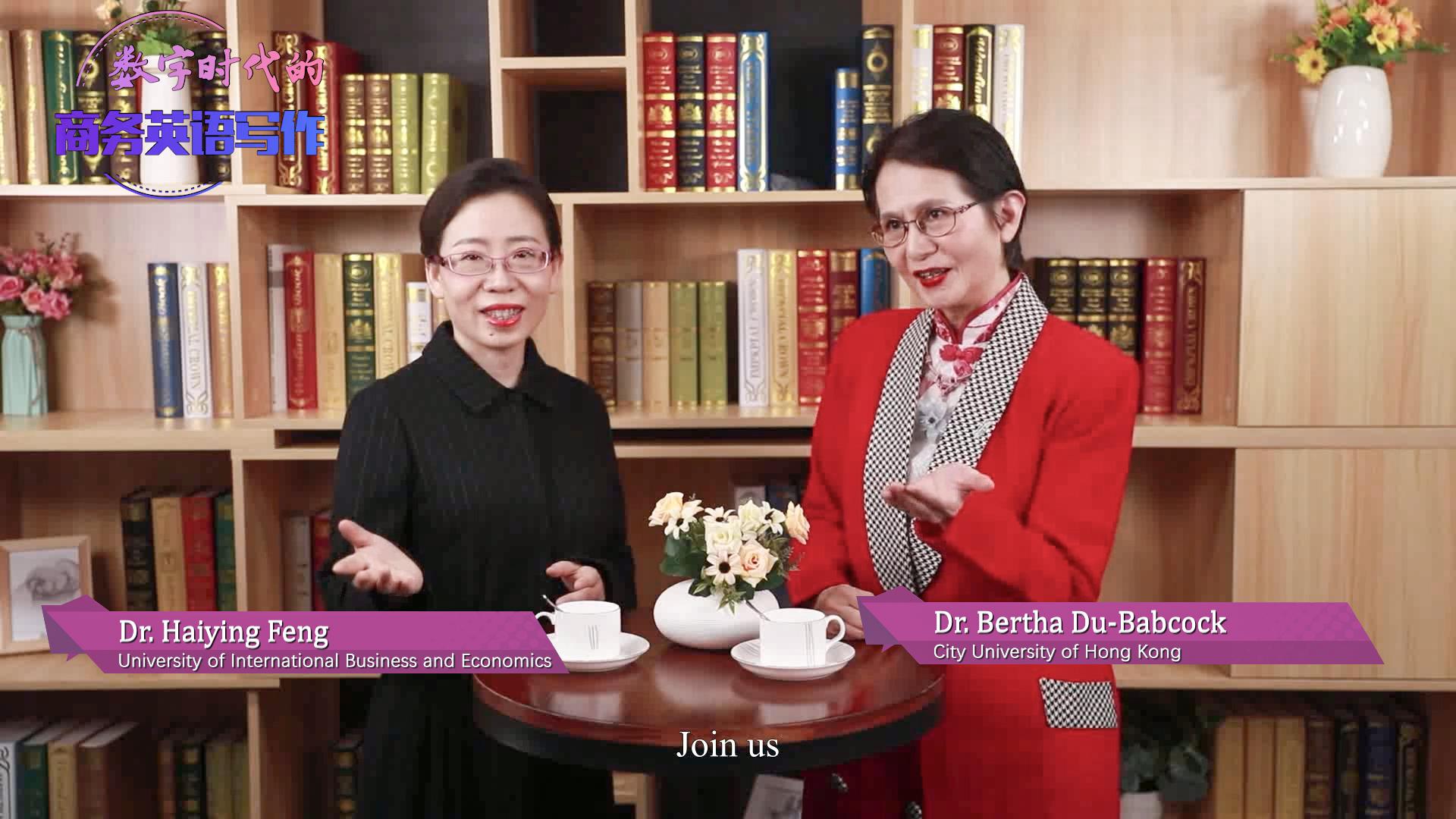第六章测试1.Business writers must learn which bad-news messages should be presented with the direct strategy and which should be presented with the indirect strategy. ( )
A:False B:True
答案:B
2.If your receiver might overlook the bad news, it is appropriate to use the direct strategy. ( )
A:True B:False 3.If your message may create a hostile reaction, you should use the indirect strategy. ( )
A:False B:True 4.Thank you so much for asking me to speak at the university's graduation ceremony is an effective buffer in a refusal letter. ( )
A:False B:True 5.The most important part of a bad-news message is the section that explains why a negative decision is necessary. ( )
A:False B:True 6.Using the following statement in an explanation of the reasons for the bad news could help the receiver to accept the message: Although we would like to consider installing the heating system you have offered, we are seeking a more energy-efficient, environmentally friendly unit. ( )
A:True B:False 7.Placing the reasons before the bad news improves the chances that the reader will accept and understand the bad news. ( )
A:True B:False 8.Company policy prevents us from exchanging your defective wireless router more than 30 days after you purchased it is an example of an effective explanation. ( )
A:True B:False 9.To take the spotlight off the bad news, place it at the end of a paragraph. ( )
A:False B:True 10.When you must refuse a request, you may sometimes offer an alternative, substitute, or compromise. ( )
A:False B:True
温馨提示支付 ¥3.00 元后可查看付费内容,请先翻页预览!

